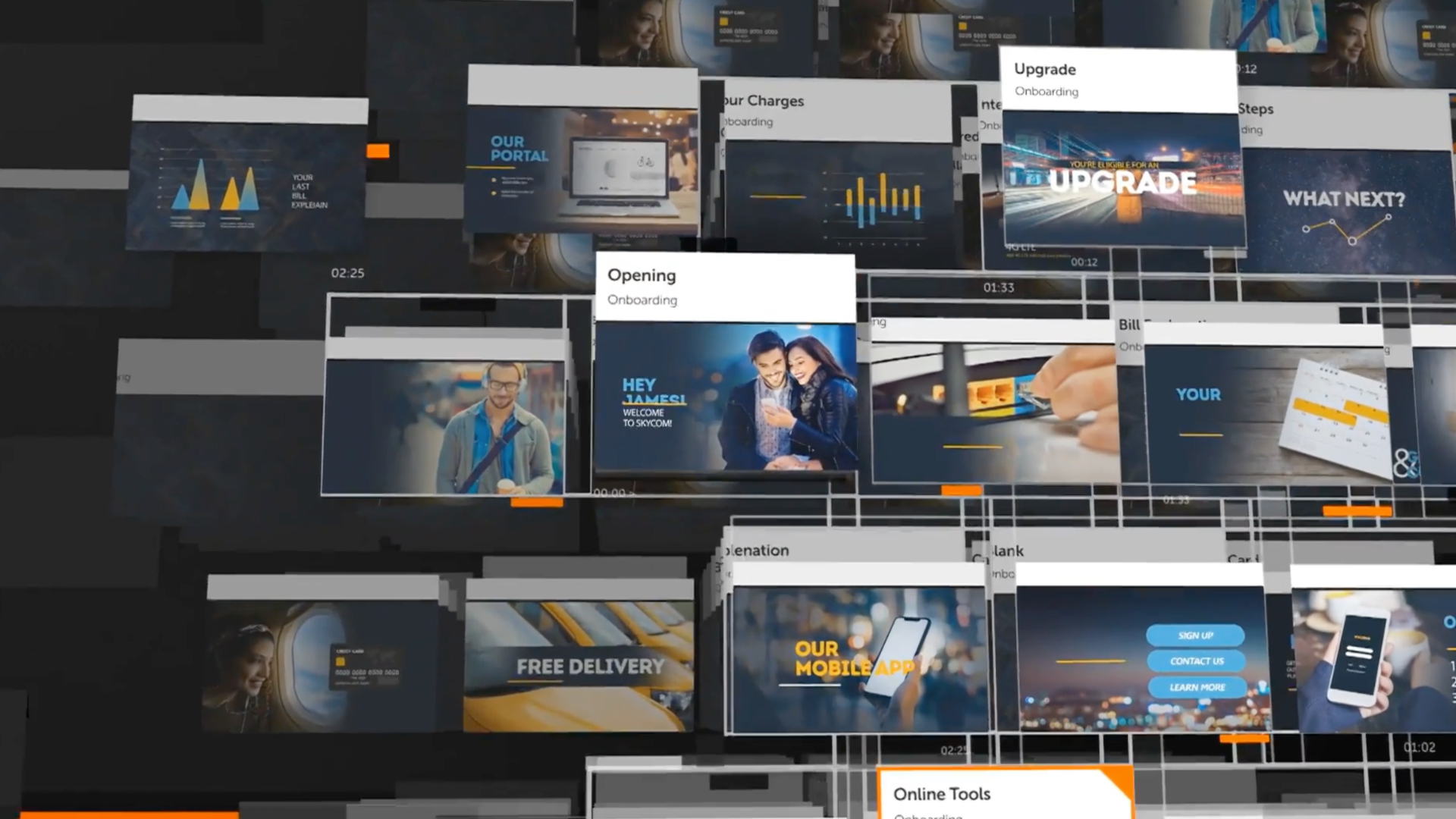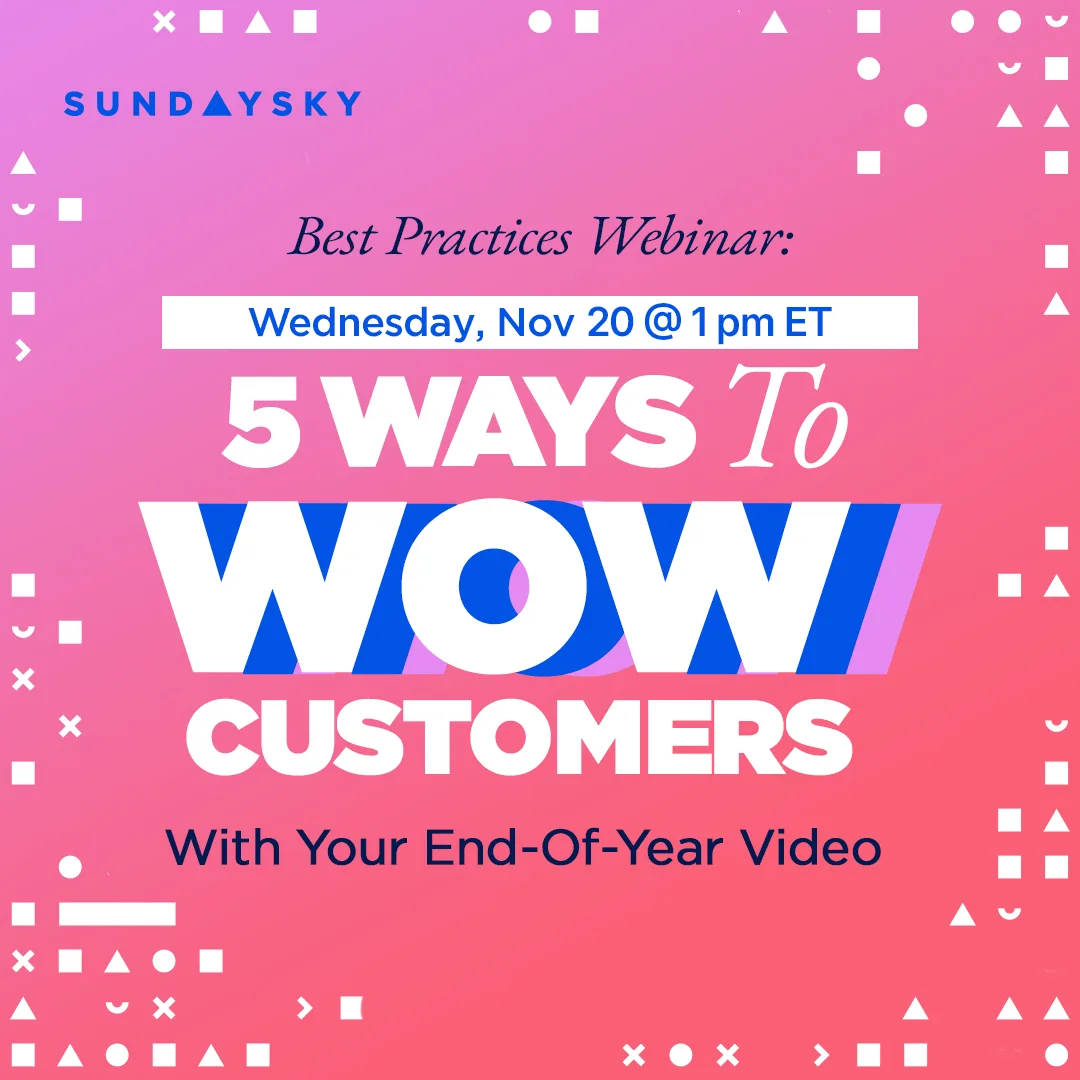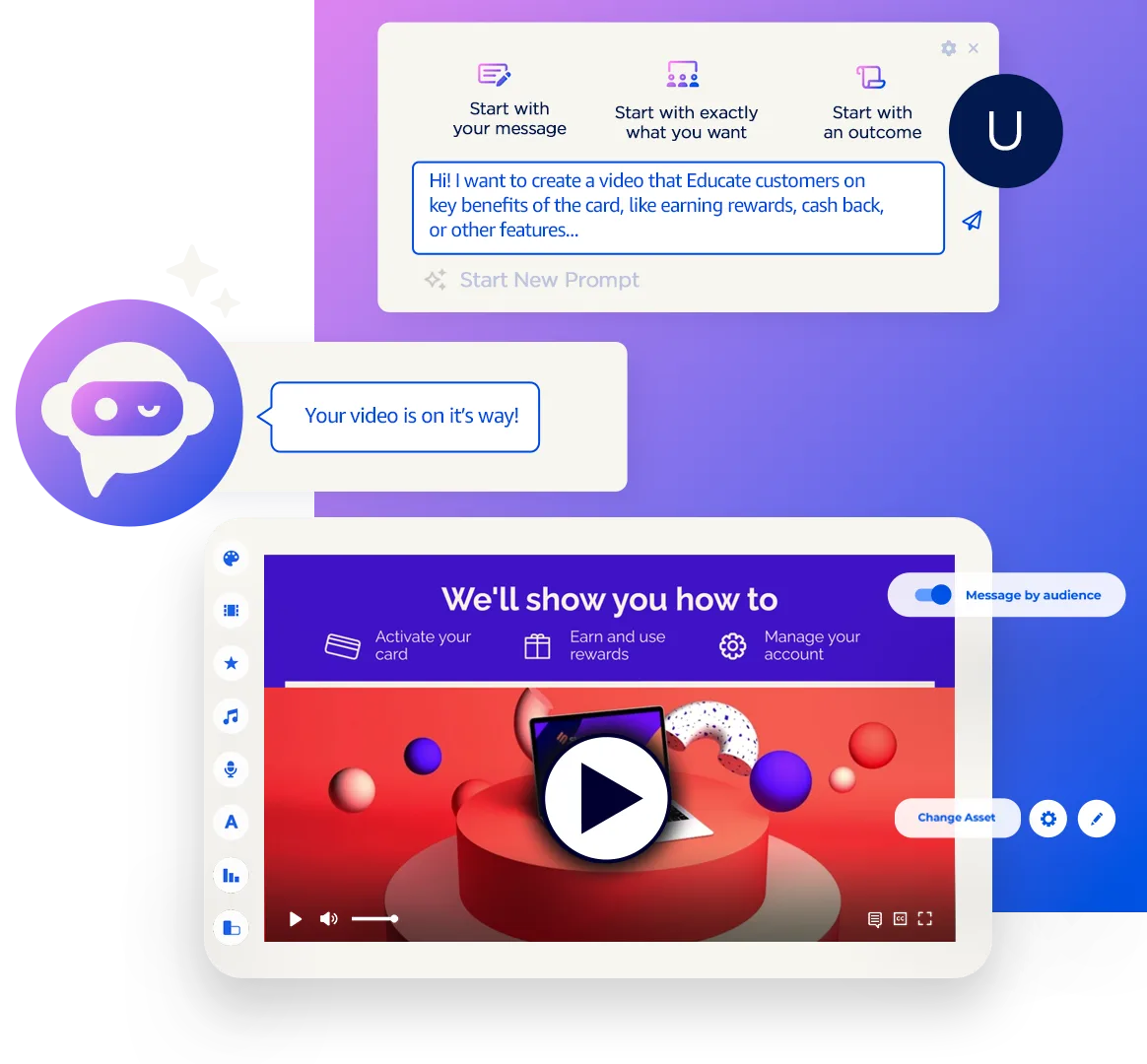This article first appeared on the Adobe Blog on September 8, 2021.
New tools and technologies — from Snapchat and TikTok to Adobe Express, SundaySky and Vimeo — are democratizing video creation and distribution, enabling digital marketers to create video experiences without the formal training, expertise or accessibility to resources that was once traditionally required in the space.
This approach to next-generation video production allows businesses and brands of all sizes to create and tell their stories, giving marketers the ability to create videos relevant to all audiences — at scale. This approach has become increasingly critical to connect with customers during the pandemic, when people found themselves completely shut-off from in-person experiences and mostly alone in their homes. Video offers a compelling way to share empathy, personality and authenticity, as well as a channel to communicate social values beyond static text or product photography.
It starts with listening
Today’s consumers have short attention spans and an increasingly roving eye when it comes to branded content, and are only willing to spend their valuable time on digital experiences with brands that are aligned and relevant to their interests. The pandemic has forced them to wear many hats — like teacher, caregiver, parent and worker simultaneously — with far less time to spend sorting through brand ‘noise’. As a result, digital marketers have been forced to explore fast, creative ways to engage with their customers and prospects — and keep their attention.
Digital experiences took on enormous significance when the world was forced to shut down in 2020. Nearly instantly, face-to-face interactions became past tense, and brands were forced to adapt and speed up their digital transformations. Shuttered stores hurried to implement video demos and customer service video calls. For example, when doctors’ offices closed, 1-800 Contacts received an influx of orders. The company decided to maintain a humanized customer experience by hiring more call center employees instead of using a customer service bot. To continue the scale of personal connections the company is known for, 1-800 Contacts also added individualized video-powered experiences. Marketers developed interactive experiences and new educational material to woo prospective buyers.
A big question still remains: How can brands continue this momentum?
The following are three ways digital marketers can lean into and embrace video experiences — without compromising goals, budgets or creativity.
Embrace the power of modular content in video
New technologies enable marketers to create, edit, optimize, and scale video experiences across channels without significant resources and technical skills or staffing. Businesses of all sizes are benefiting as new tech allows them to be nimbler and move faster with video, while enabling them to test and learn what resonates with their audience. This agile approach to video is a critical step in building a modern agile marketing organization.
While recognizing the power of video to capture customer attention, marketers face a conundrum: As valuable as it is, digital video can be overwhelming to prioritize, risks getting stale fast and is resource-intensive. By focusing on modular content that’s quick and easy to modify or update can help with keeping pace with quickly changing messages and customer needs in real-time.
By templatizing brand colors, fonts and media assets via a video experience platform, marketers can maintain cohesive campaigns at scale that can be adapted as modifications are required.
Turn agility into creativity
An agile approach turns the traditional video production approach on its head. Marketers can use a data-driven approach for video storytelling while also streamlining their process. For instance, brands can launch a single video to gather audience feedback while using customer data to inject deeper relevance and personalization into their next video to bring relevance and creativity into projects.
Brands that use personalized videos with customer names, profile data, preferences, buyer journey stage, region, or other factors also have the potential to rank higher in NPS scores. For example, Select Blinds — one of America’s fast-growing direct-to-consumer internet retailers in the home décor industry — uses personalized video experiences to acquire, convert, and educate new customers. Bespoke videos grow customer lifetime value and enhance the customer experience.
Beauty brand Sephora is combining a personalized approach with an emphasis on brand values, infusing its marketing with a values-based message, celebrating individuality every year with its LGBTQ+ campaigns for Pride month and demonstrating inclusivity throughout the seasons. To adjust for the pandemic, the retailer also implemented touchless experiences like text and chat consultations, virtual try-ons and online versions of its Classes for Confidence. This combination of strategies leads to increased conversion rates and average basket sizes.
Connect with customers authentically
Consumers are giving their time and attention to brands that are transparent and authentic. The popularity of TikTok, Instagram Reels and other social media channels has created an increase in short-form user-generated video that showcases diverse voices and viewpoints, presenting new opportunities for consumer and influencer engagement with brands. The Reebok Collective program, for example, handed complete creative control to a new team of diverse creatives and activists, giving them a platform “to speak their own authentic truths,” as Out Magazine writes.
Video is a critical tool in today’s fast-changing, crowded, marketplace. Brands that don’t prioritize video experiences for their customers or are agile with their video creation and testing will rapidly miss out, especially in our new “hybrid” world.
By contrast, marketers that flex their video muscle can see immediate gains, including increased click-through rates, increased conversions and improved engagement. This lays the groundwork for superior customer engagement to rise above the noise, rather than add to it.
You can access this post and other digital transformation articles on the Adobe Blog.







